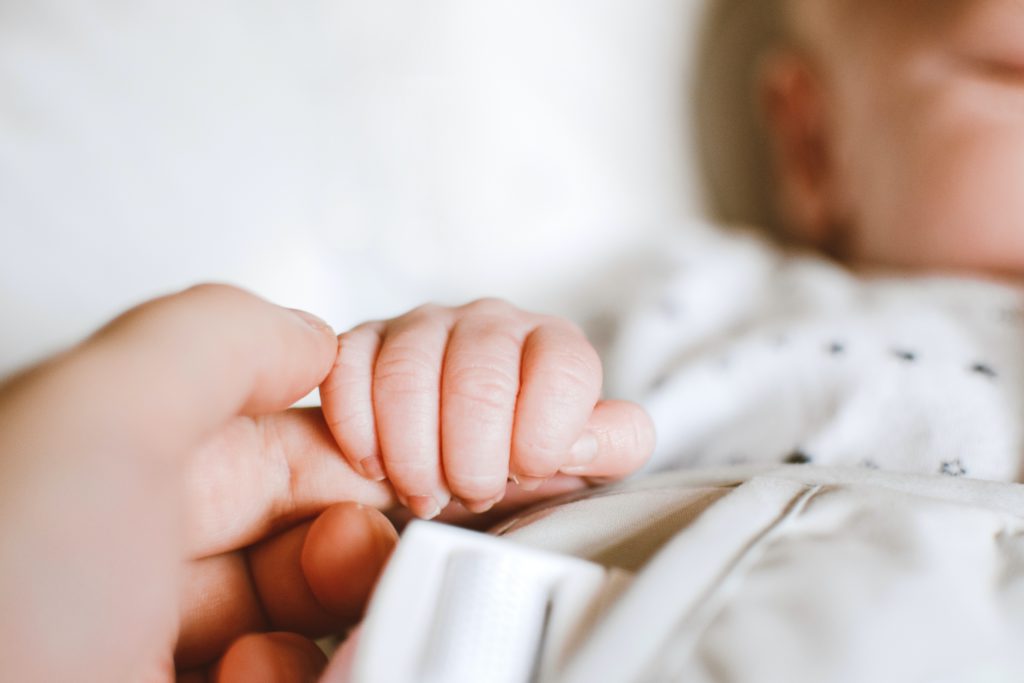
Choosing the gender of your baby can be a daunting task. It is important to understand the expenses involved in this process before making a decision. Sex selection can be done through embryo testing, which involves manipulating an IVF embryo to determine its biological sex. This method has seen success in achieving desired sex, however, fertility treatments such as IVF Australia are necessary for successful gender selection. Prospective parents should contact their local fertility centre to discuss the costs associated with fertility treatments and IVF embryos. The cost of genetic testing will also vary depending on the specific needs of the prospective parents. In addition, there may be additional fees associated with storing or disposing of any unused embryos that are not genetically compatible with desired gender selection criteria. Understanding all expenses involved in choosing your baby’s gender is essential for prospective parents who wish to pursue this option as it can help ensure that they make an informed decision about their choice without any financial surprises down the road.
The process of gender selection typically begins with in vitro fertilisation (IVF) at a fertility clinic. During this procedure, a specialist uses preimplantation genetic testing (PGT) to determine the sex of each embryo created, and the desired gender is then selected for transfer into the mother’s uterus. At this point, the embryos can either be tested for genetic abnormalities prior to transfer or after implantation. The baby gender selection cost associated with this process depends on several factors including whether any additional tests are necessary and how many embryos are being transferred during the procedure.
The success rate of this transfer procedure is also important to consider when choosing your baby’s gender as it can affect both time and money spent on trying to achieve pregnancy.
Transferable embryos are those that are healthy and have a good chance of surviving and leading to a successful pregnancy.
Unhealthy embryos can be discarded, so parents may want to select the desired sex of their baby by using preimplantation genetic testing (PGT). Clinics usually have a policy regarding the transfer of embryos and this should be discussed with patients prior to undergoing any type of procedure.

Sex selection is one of the most popular methods for couples who wish to have a baby of one sex or the other. Many fertility centres offer this service, as well as other selection techniques such as Pre-implantation Genetic Diagnosis (PGD). This involves selecting embryos prior to transfer into the uterus. In vitro fertilisation (IVF) may also be used in order to select embryos that are more likely to result in a successful pregnancy. For medical reasons, some couples may choose sex selection for their family balancing needs or simply because they would like a child of each gender.
Sex selection can involve genetic testing or gender selection via vitro fertilization. For example, Candace Mckinnon underwent IVF to choose her baby’s specific sex in order to avoid hereditary diseases like haemophilia which could be passed onto male children. Sex selection can also help couples who have family members with diseases that are more likely to affect a specific gender. If a family already has many female children, they may wish to undergo IVF in order to have a male child.
This process is known as family balancing, and it ensures that families have an equal balance of boys and girls. Ultimately, the decision of whether or not to undergo sex selection is extremely personal and should be evaluated on an individual basis, taking into account both genetic and ethical implications.
Understanding the expenses involved in choosing your baby’s gender is a major factor to consider. Reproductive fertility treatments such as assisted reproductive technology (ART) and Preimplantation Genetic Testing (PGT) are available for those wishing to select their child’s sex. The treatment procedure involves undergoing IVF and the genetic evaluation of embryos before implantation. Men utilising IVF can also opt for family balancing, which allows them to choose the sex of their unborn child.
This is done through a procedure known as PGD sex selection. The process involves fertilising the female’s eggs with the male’s sperm in a petri dish, and then testing each embryo for its gender. The embryos of the desired gender are then implanted in the uterus of the woman to complete her IVF cycle. Although it is possible to choose your baby’s gender, there are expenses involved that must be taken into consideration. On average, an IVF cycle can cost anywhere from $10,000-$20,000 depending on how many attempts it takes for success and if any additional procedures are required. Additionally, there are averages for selection success rates; PGS (preimplantation genetic screening) has an average success rate of about 50%, meaning that half of couples will have children of their desired gender with this process and half will not get their correct gender choice.
The other method of gender selection is Microsort Gender Selection, which uses a special flow cytometry technology to sort sperm according to the right chromosome type that will give the desired sex of the baby. This method has a slightly higher success rate than PGS, usually at around 90%. To use this technology, eggs are collected from the mother and fertilised with sperm; then they are sorted and only embryos with the desired chromosomes are implanted in the uterus for implantation.